Specifically, according to Resolution 117, administrative units subject to rearrangement include: district and commune levels with natural area and population size below 70% of the prescribed standards; district levels with natural area below 20% and population size below 200% of the prescribed standards; commune levels with natural area below 20% and population size below 300% of the prescribed standards.
The Government encourages localities to proactively propose the arrangement of administrative units in accordance with local realities, including administrative units that have met the standards to reduce the number and increase the size of each administrative unit. Thereby, solving unreasonable issues in boundary demarcation, streamlining the organizational apparatus and staffing, facilitating state management, the operation of agencies, organizations, units, enterprises and people's lives. The arrangement of these district and commune-level administrative units must be completed in 2024.
According to Document No. 19/2023 of the National Assembly Office on administrative unit standards, a district must have a population of 150,000 people, a natural area of 35 km2 or more, and at least 10 wards. A district in the delta region must have a population of 120,000 people, an area of 450 km2, and 13 communes and towns or more. Thus, compared with Resolution 117, the districts subject to rearrangement will have an area of less than 7 km2 and a population of less than 300,000 people; districts will have an area of less than 90 km2 and a population of less than 240,000 people.
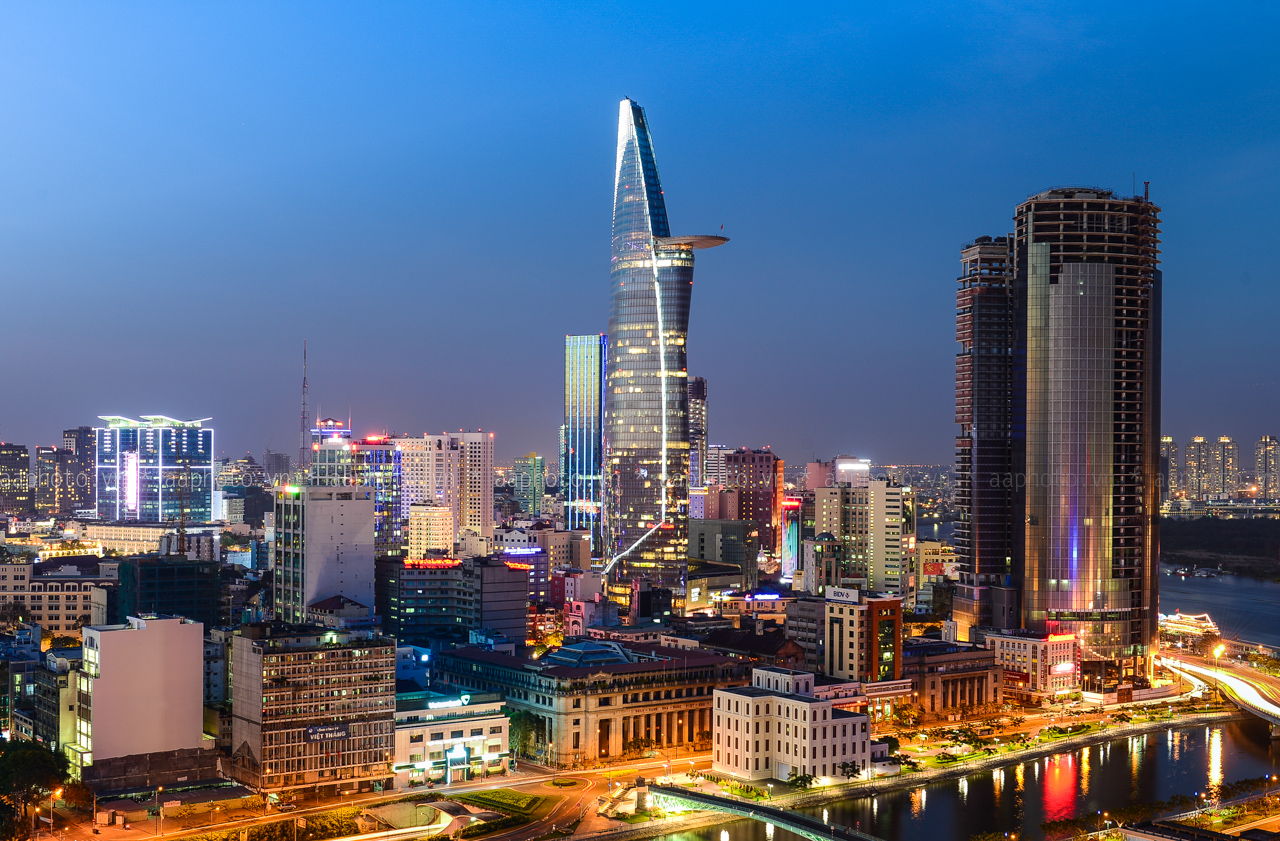
Many districts in Ho Chi Minh City are subject to rearrangement.
According to research by the Journalist and Public Opinion Newspaper, in Ho Chi Minh City, there are currently 6 districts with an area of less than 7 km2, including: District 3 with an area of 4.92 km2; Phu Nhuan District with an area of 4.88 km2; District 10 with an area of 5.72 km2; District 4 with an area of 4.18 km2; District 5 with an area of 4.27 km2; District 11 with an area of 5.14 km2. In terms of population, these districts also have a registered permanent population of less than 300,000 people.
The other 5 suburban districts of Ho Chi Minh City including Nha Be, Hoc Mon, Cu Chi, Binh Chanh and Can Gio are not subject to the arrangement because their areas are all over 90 km2. In terms of population, these districts all have quite large populations, the lowest being Can Gio with over 75,000 people, the highest being Binh Chanh with over 850,000 people.
Regarding this issue, at a recent meeting, Mr. Nguyen Van Hieu, Head of the Department of Government Construction and Youth Affairs, Ho Chi Minh City Department of Home Affairs, said that through review, Ho Chi Minh City has 6 district-level units and 149 commune-level units that do not meet the requirements in terms of population and area, so they are subject to rearrangement.
“The 6 district-level units that need to be rearranged include Districts 3, 4, 5, 10, 11 and Phu Nhuan. Of the 149 commune-level administrative units, based on Resolution 35/2023/UBTVQH15 of the National Assembly Standing Committee on the rearrangement of district-level and commune-level administrative units in the 2023-2030 period, there are 7 commune-level administrative units that were rearranged in the previous period and are not subject to rearrangement, the remaining 142 administrative units need to be rearranged,” Mr. Nguyen Van Hieu shared.
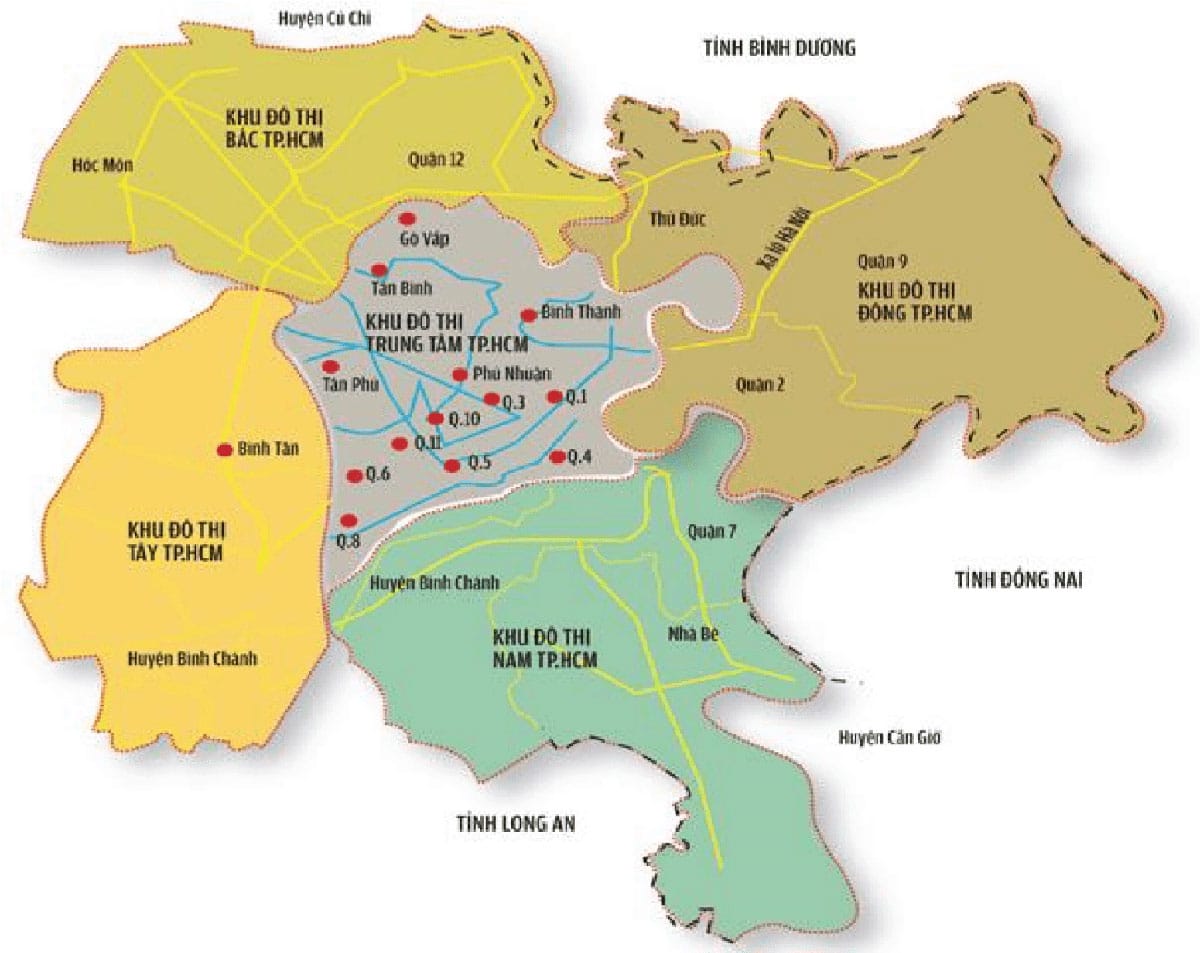
Location of districts in Ho Chi Minh City.
He also added that according to Article 3, Resolution 35 stipulates 4 special cases if administrative units fall into one of these cases, they do not need to be arranged. That is, they have an isolated location and it is difficult to organize traffic connecting with adjacent administrative units. Second, the administrative unit's boundaries have been formed stably and since 1945 until now, there has been no change or adjustment.
Third, it has an important position in terms of national defense and security and has characteristics of historical traditions, culture, ethnicity, religion, beliefs, customs and practices that, if arranged with another adjacent administrative unit, will lead to instability in terms of national defense, security, order and social safety. Fourth, the administrative unit subject to arrangement has been approved by a competent authority for development planning into an urban administrative unit in the period of 2023-2030, with a natural area and population size meeting the standards of an urban administrative unit according to the provisions of the Resolution of the National Assembly Standing Committee on standards of administrative units and classification of administrative units.
Currently, the Department of Home Affairs is working with localities to review and will specifically report to competent authorities.
Source


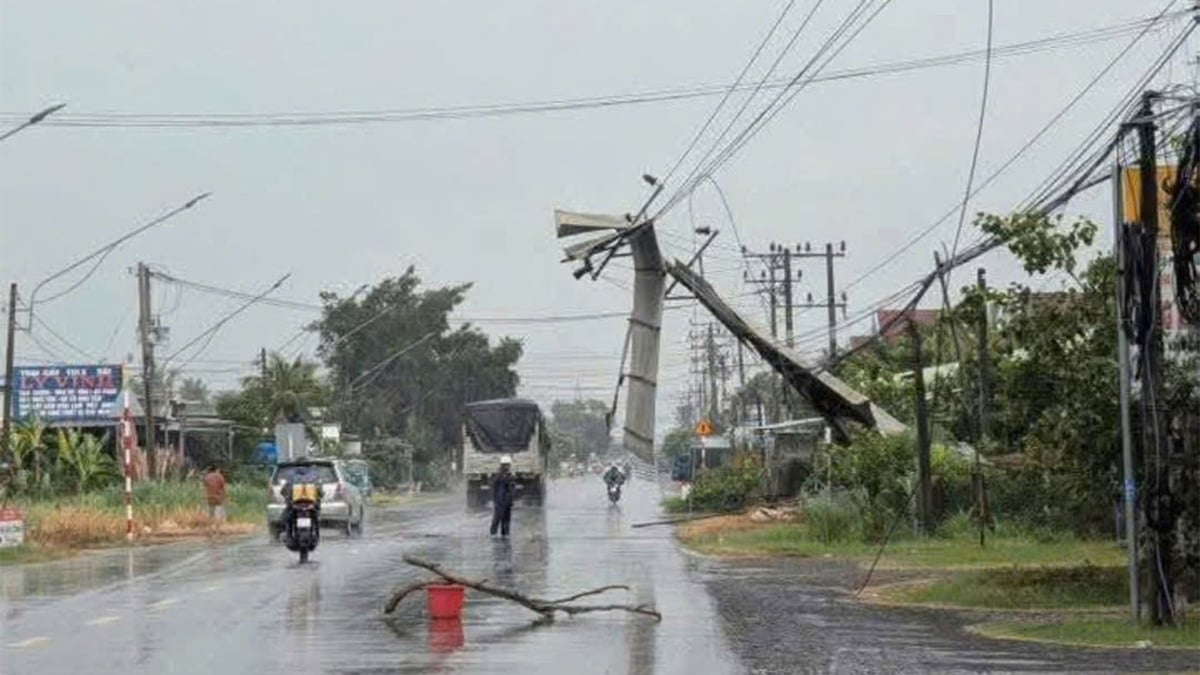

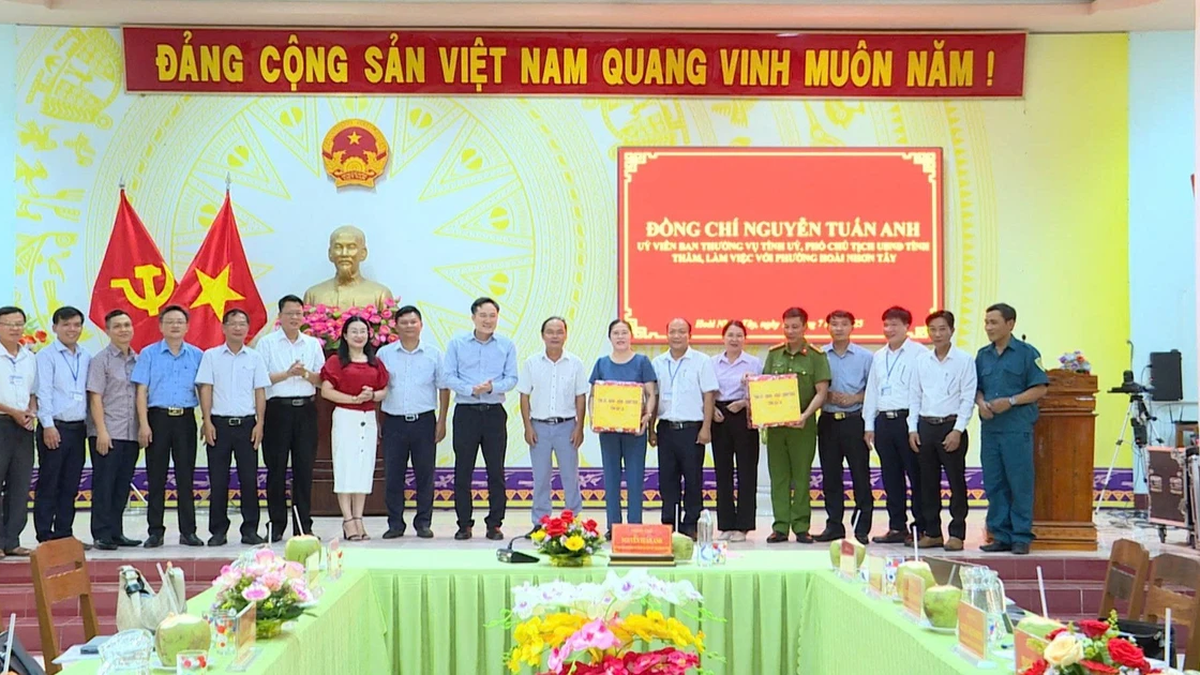

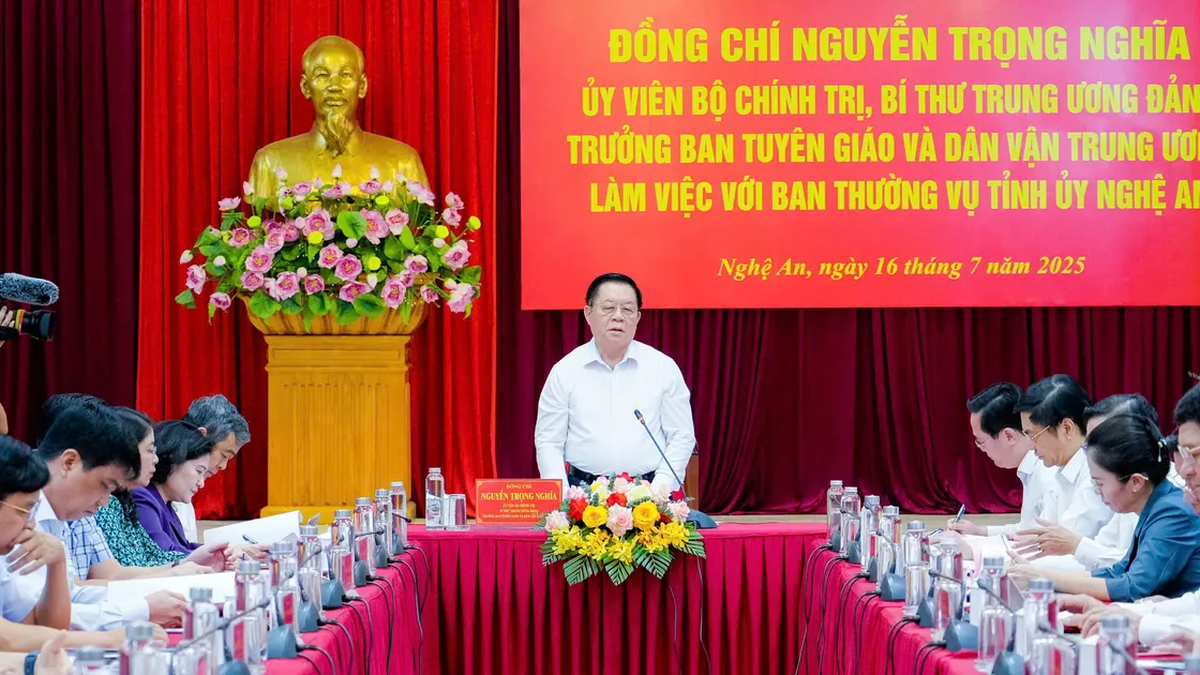


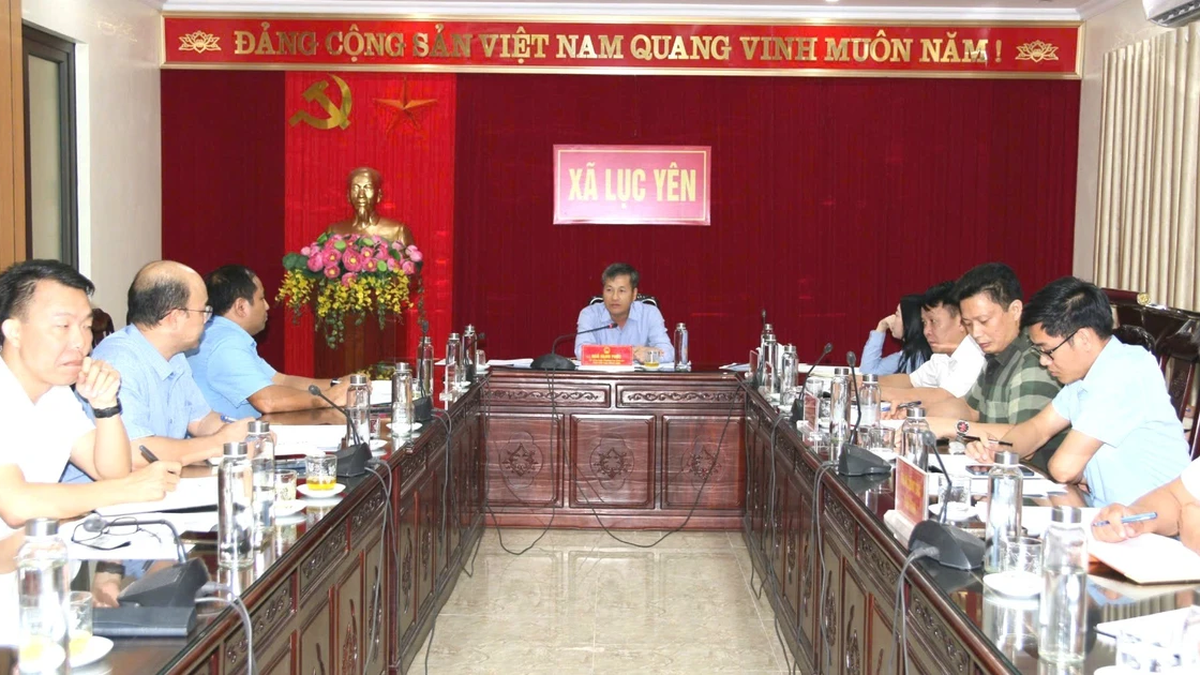

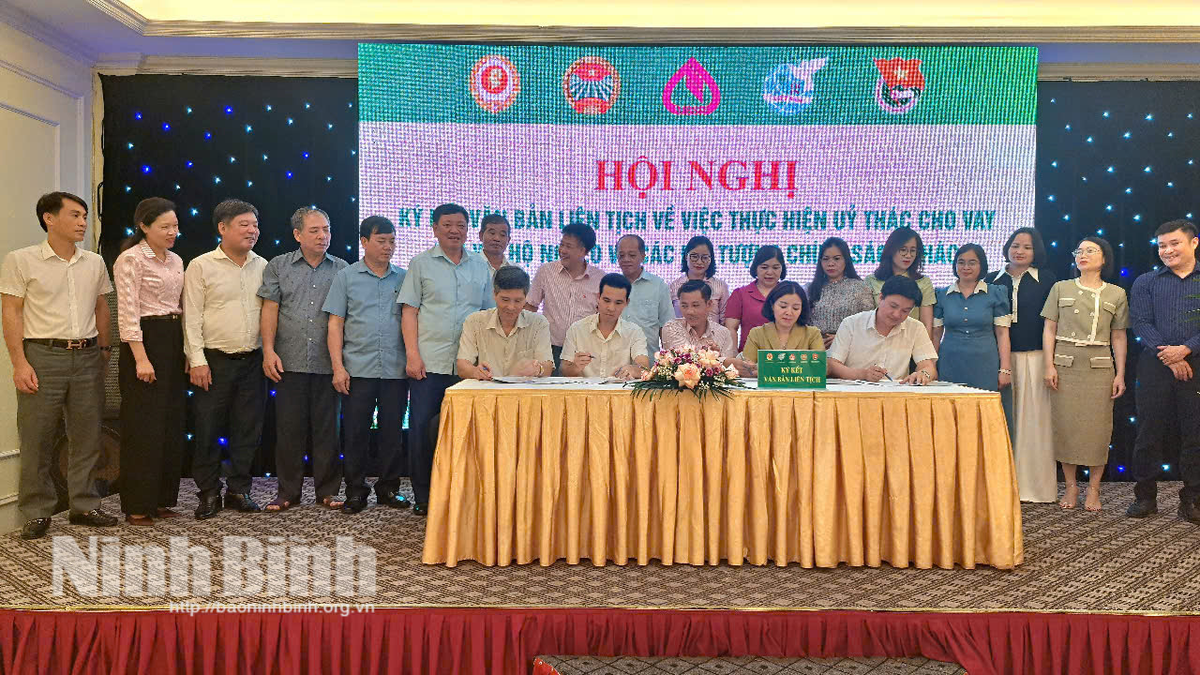








































![[Maritime News] More than 80% of global container shipping capacity is in the hands of MSC and major shipping alliances](https://vphoto.vietnam.vn/thumb/402x226/vietnam/resource/IMAGE/2025/7/16/6b4d586c984b4cbf8c5680352b9eaeb0)













































Comment (0)